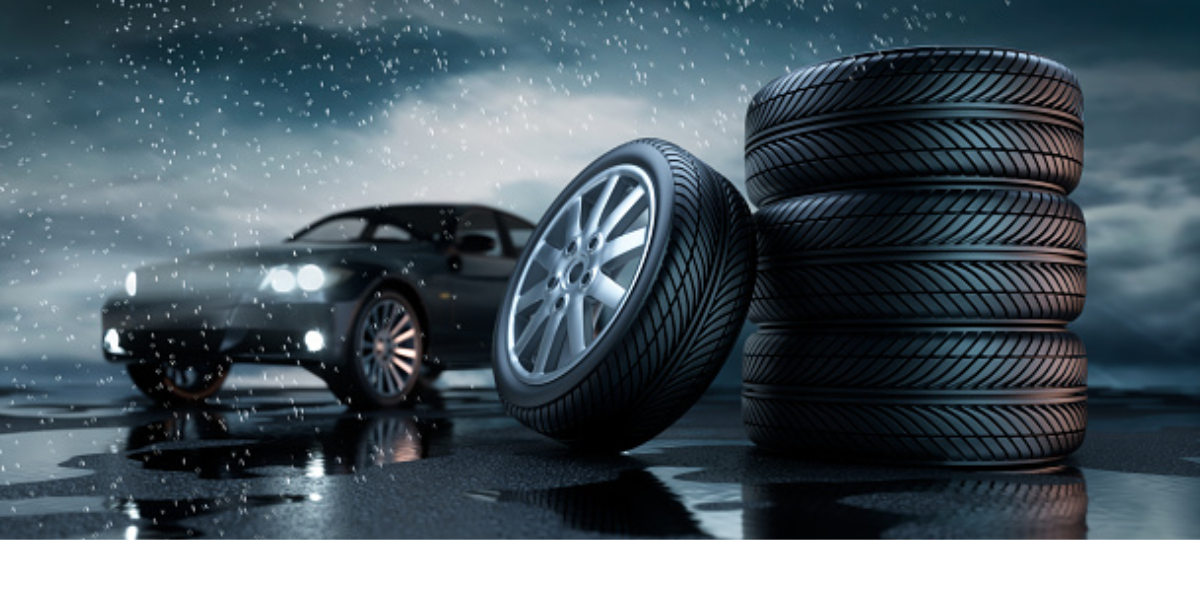Having the correct tyres is very important for keeping your automobile safe and performing well. Finding good tyres that Hemel Hempstead locals can trust makes a big impact in how you drive. The appropriate pair of tyres will keep you safe on the road and save you money in the long run, whether you drive a little car, a family automobile, or a business van.
A lot of drivers don't know how vital tyres are until something goes wrong. Your tyres are the only portion of your automobile that really contacts the road, so they have a big impact on how well your car stops, turns, and handles in different weather situations. Choosing Bridgestone Tyres in Hemel Hempstead will give you peace of mind that you and your family are safe and protected by reliable, well-tested products.
Understanding Tyre Basics
There are a lot of crucial pieces that work together to keep you safe on every tyre. The tread is the rubber component that touches the road. It has specific patterns that help it grip the road. The sidewall is the space between the tread and the wheel. It has vital information about the tyre's size and speed rating. Inside the tyre, there are layers of fabric and steel that make it strong and help it keep its form.
You can find out everything you need to know about your tyre's size and capabilities by looking at the numbers and characters on the sidewall. You can see something like "205/55R16 91V," which tells you the width, height, kind of construction, wheel size, load capacity, and top speed. When the time comes to buy new Tyres in Hemel Hempstead, knowing what these markings mean will help you pick the proper ones.
Different Types of Tyres Available
Summer tyres are meant to operate best when it's warm and dry. Their rubber is tougher, so it stays flexible in hot weather. The tread patterns help get water off of wet roadways. These tyres work great in warm weather, but they can be harmful when it's very cold.
Winter tyres are made of softer rubber that keeps flexible even when it's really cold. They have deeper tread patterns with more grooves and little slits called sipes that assist them hold onto snow and ice. A lot of people think that winter tyres are just good for driving on snow, but they actually operate better than summer tyres when the temperature dips below seven degrees Celsius.
All-season tyres aim to work well all year long. They are a mix of summer and winter tyres, with medium-hard rubber and tread patterns that operate rather well in most situations. Even though they're easy to use, they don't work as well as dedicated seasonal tyres in very bad weather.
Signs Your Tyres Need Replacing
When the tread depth goes too low, it's clear that you need new tyres. The law in the UK says that the minimum tread depth must be 1.6 millimetres. However, many experts say that you should change your tyres when they reach 3 millimetres for improved safety. The 20p coin test is a good way to examine the depth of your tread. If you can see the outer band of the coin when you put it in the groove, your tyres need to be replaced.
Another significant warning indication is cracks in the sidewall. Age, damage from the sun's UV rays, or hitting curbs and potholes can all produce these. It's vital to have a professional examine your tyres as soon as you see any cracks, even minor ones, because they might cause them to fail suddenly.
If your car's tyres are wearing unevenly, it could be a sign that the alignment, suspension, or tyre pressure is off. If the edges of your tyres on the inside or outside are wearing out faster than the centre, or if one tyre is wearing out a lot faster than the others, you should have your automobile looked at to locate and correct the problem.
Maintaining Your Tyres Properly
One of the best things you can do to keep your tyres in good shape is to check their pressure often. Tyres that aren't properly inflated wear down faster, use more fuel, and might be deadly in an emergency. Tyres that are too full of air also wear out unevenly and don't grip the road as well. At least once a month, while the tyres are cold, check the pressure.
When you rotate your tyres, they wear out evenly and last longer. This implies switching the front tyres with the back tyres and sometimes crossing them over as well. Most manufacturers say to do this every 6,000 to 8,000 miles, but you should consult your owner's manual for exact instructions.
When your wheels are aligned correctly, your tyres wear evenly, and your automobile handles well. You may need an alignment check if your car leans to one side when you drive or if the steering wheel isn't balanced while you drive straight. Hitting potholes, curbs, or speed bumps can throw your wheels out of alignment.
